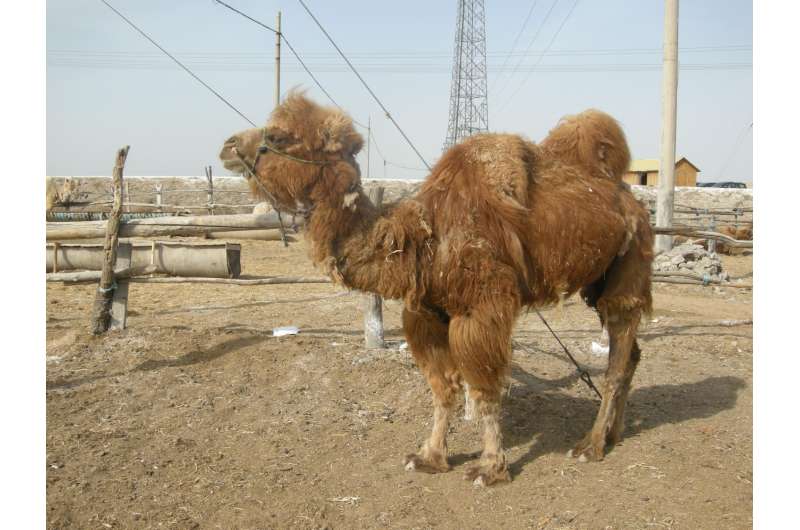Of dogs, foxes, cows, camels, and men—the fight against rabies in Northern China

China has the second highest number of reported rabies cases in the world, but numbers of human deaths have been decreasing. According to WHO, the Chinese authorities are forecasting national rabies elimination by 2025. Most of the cases are reported from the country's Southeastern provinces. A study published in PLOS Neglected Tropical Diseases reports on ongoing transmission of rabies in Northwestern China, highlighting challenges and opportunities pertinent to the elimination efforts.
Rong-Liang Hu, from the Academy of Military Medical Sciences in Changchun, China, and colleagues report that while overall human fatalities are decreasing, the rabies epidemic is still geographically expanding, with new cases having been recorded in previously rabies-free and low incidence provinces in the North of China.
Concerned that control efforts in reservoir animals are being neglected, the researchers document transmission from dogs and wild foxes to cattle and camels. Vaccination of stray dogs and wild foxes would require an oral vaccine, but such a vaccine is not currently available. The researchers urge that "more research should be devoted to the development of oral vaccines for dogs and foxes".
To control rabies in domestic animals, the researchers state, the only type of vaccine available in China is canine inactivated vaccine, which must be administered by intramuscular injection. This vaccine is rarely used to immunize large domestic animals. Consequently, there is little evidence on vaccination dosing and scheduling, or on resulting protective immunity.
To test the canine vaccine in large domestic animals, the researchers studied an emergency vaccination to protect 300 adult cattle and 330 adult camels following a local outbreak. The animals were randomly divided into 9 groups and immunized intramuscularly with a single injection containing one, two, or three doses of canine inactivated vaccine. The researchers collected and analyzed blood samples from 45 randomly selected cows and 30 camels before and 3, 6 , 9, and 12 months after vaccination.
The researchers saw difference in antibody titers (correlates of a protective immune response) between animals that received only one dose and those that received two or three doses. After one year, all animals that received two or three doses had antibody titers high enough to indicate that they were protected. While this suggests that two doses of canine vaccine might protect cattle and camels for up to a year, the researchers conclude "licensed vaccines for large domestic animals are still needed for use in pasture farms in China".
Overall, they emphasize, "clearly, wild foxes and domestic animals should be considered for pre-exposure vaccination, not only to avoid financial losses or protection of wild animals, but because of their potential threat to human health".
More information: PLOS Neglected Tropical Diseases, DOI: 10.1371/journal.pntd.0004890















